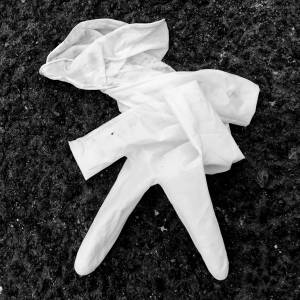Obelisk With Flouncing Tree & Streetlight
I grew up in Stillorgan, near this chiseled chunk of 18th Century priapism. It was part of my local skyline, located on the lands owned by St John of Gods (who also owned the local asylum whose ivy-saddled walls reared up above our garden). You used to be able to cross a couple of big fields, hop a wall then dander over and climb the stone steps to the four square doorways looking out over the encroaching suburbs towards the sea and Howth Head. I can't remember if any of us got drunk there, nice little southsiders that we were. We certainly had many perfectly useless conversations, sitting there on summer nights with nothing better to do.
The obelisk is now a feature of fully encroached suburbia, 'Obelisk Park'. Here's a little of its older history, taken from an online source: chaptersofdublin.com.
"The obelisk resembles, in its massive style and in its excellent state of preservation, the great work of Pearce's life. It is more than 100 feet high of cut granite, and rises from a rustic base formed of huge uncut rocks, containing a large vaulted chamber, and having on each side a double staircase leading to a platform, from which four doorways of Egyptian design furnish the entrance to a small room in the obelisk.
The second Lord Allen and his wife, who is said to have been much admired by the Viceroy, their old friend. Lionel, Duke of Dorset, were prominent figures in the Dublin society of their day, and Stillorgan was in their time the scene of many fashionable and festive gatherings. Thither rode the good Archbishop King (who did not hesitate to apply for some of the famous Stillorgan venison, on which to feast his friends at the Visitation of Marsh's Library), to solicit Lord Allen's interest for a parliamentary candidate.
There was welcomed the witty Dean, whose friendship Lord Allen at first caressed and courted, but whose enmity he was rash enough subsequently to incur by "rattling him bitterly under various injurious appellations."
Thither went along the road from Dublin, which then commanded "a very fine and charming prospect of the sea all the way," Mrs. Clayton in her great coach drawn "by six flouncing Flanders mares which outlooked everyone else's."
Six flouncing Flanders mares, eh? If we'd known of that phrase as we roamed the leafy southside suburbs during our rather uneventful adolescence we might have made it our own, material for a song or a bit of cantering doggerel. But the flouncing 1970s have gone "thither", the way of the witty Dean. You could say that the obelisk is the embodiment of a local joke; another name for Stillorgan was Mickey Marbh, which is (half) Irish for Dead Dick.
- 2
- 0
- Canon EOS 5D
- 1/50
- f/5.0
- 28mm
- 500

Comments
Sign in or get an account to comment.


